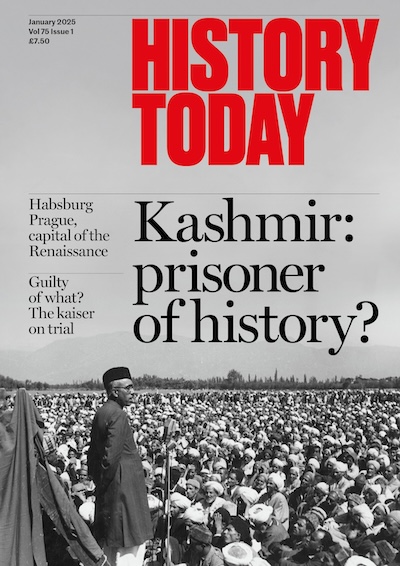A Museum for British Lahore
M. Naeem Qureshi on a remnant of empire which has moved beyond being a mere repository of the Raj.
When the British first arrived in Lahore after their treaty with the Sikhs in 1846 the city, which once rivalled Delhi in splendour and magnificence, was then lying in a ruinous state owning mainly to the pillage and devastation of the preceding century. They established their ‘Station’ just outside the walled city in an area spread over several square miles known as Anarkali. At first they utilised the existing old tombs and mosques of the Mughal period as offices and residences. The Board of Administration was settled in the building where the Punjab Civil Secretariat now stands, while the tomb of Anarkali was used as a residence-cum-office before being turned into a parish church.





